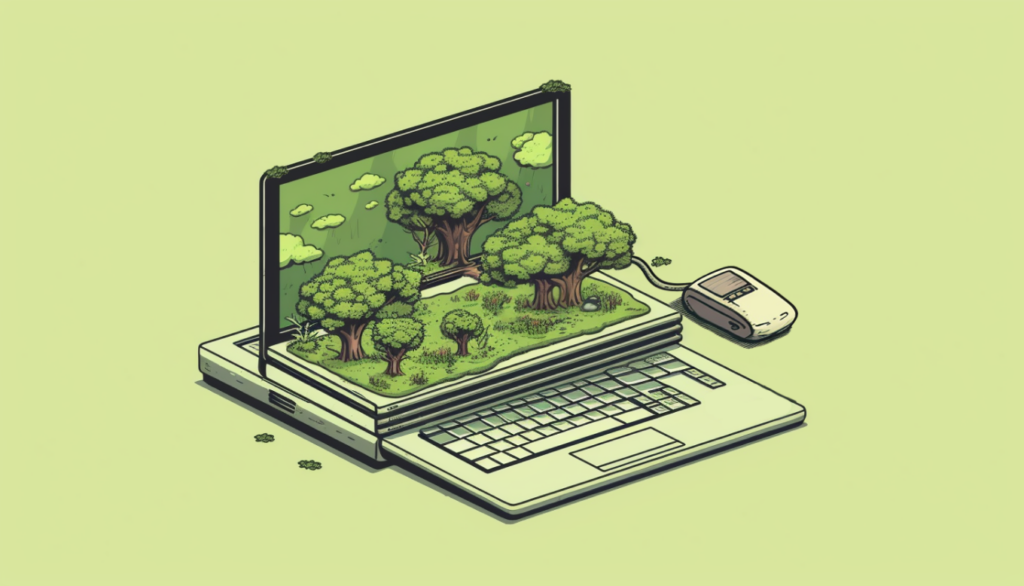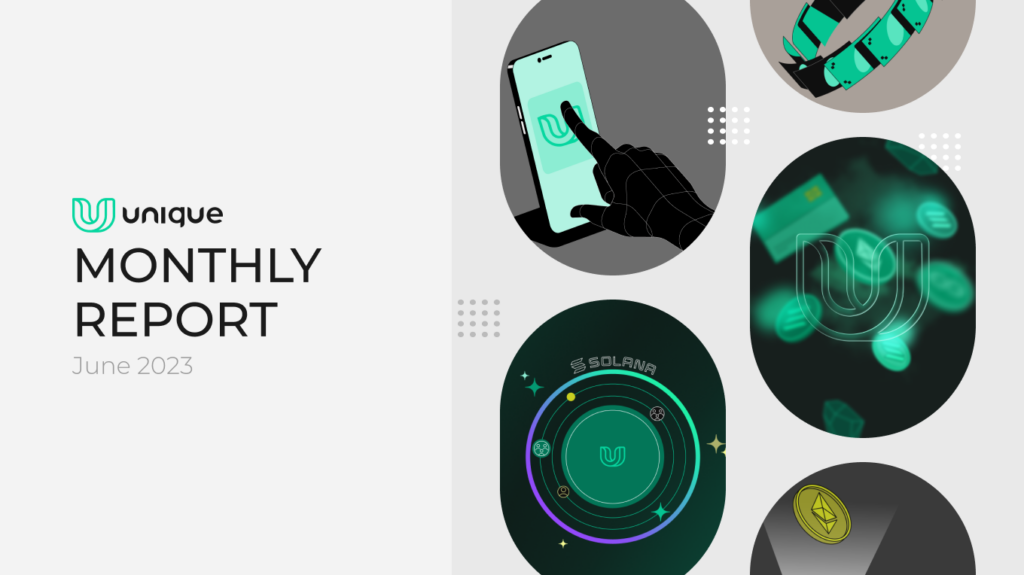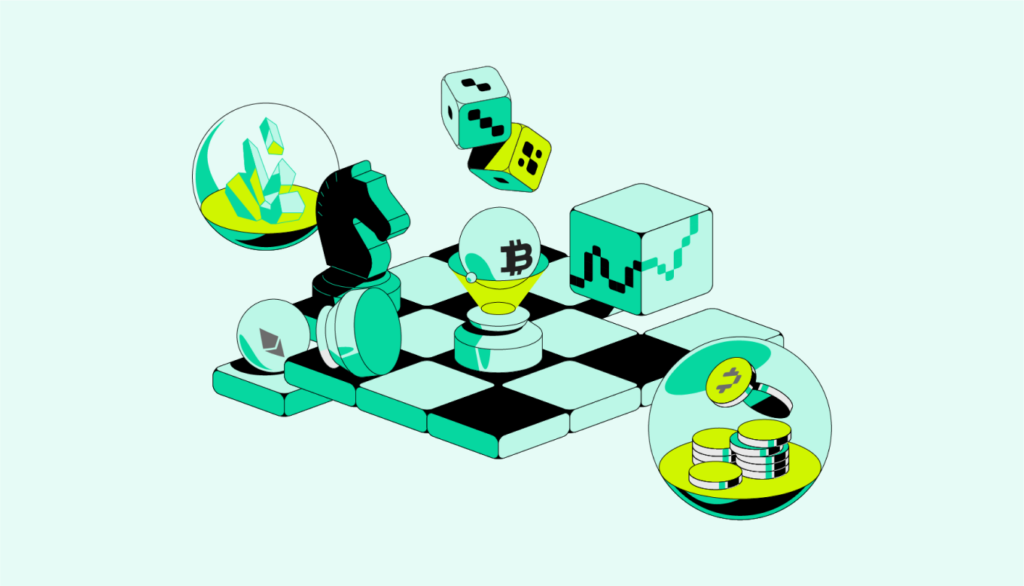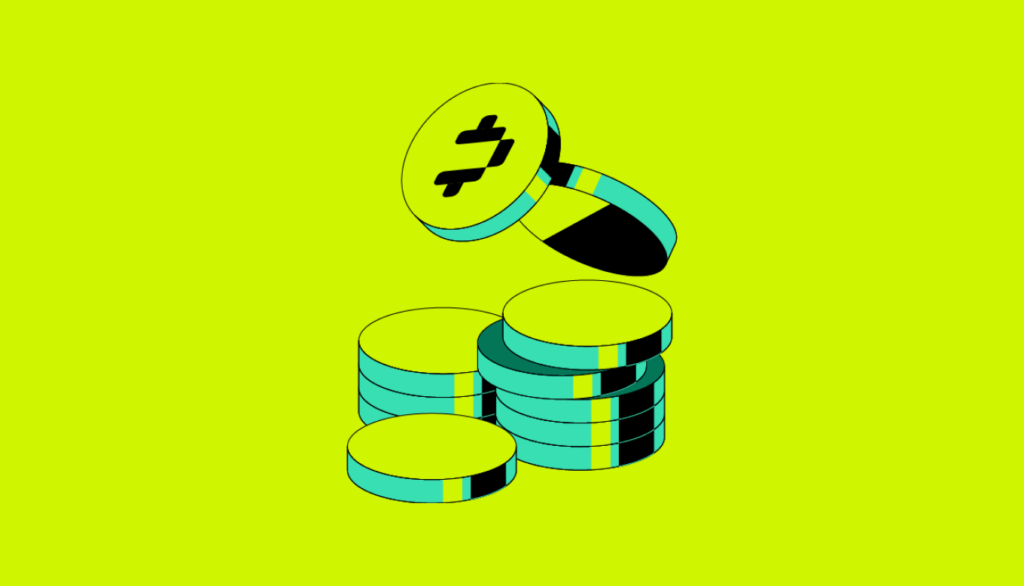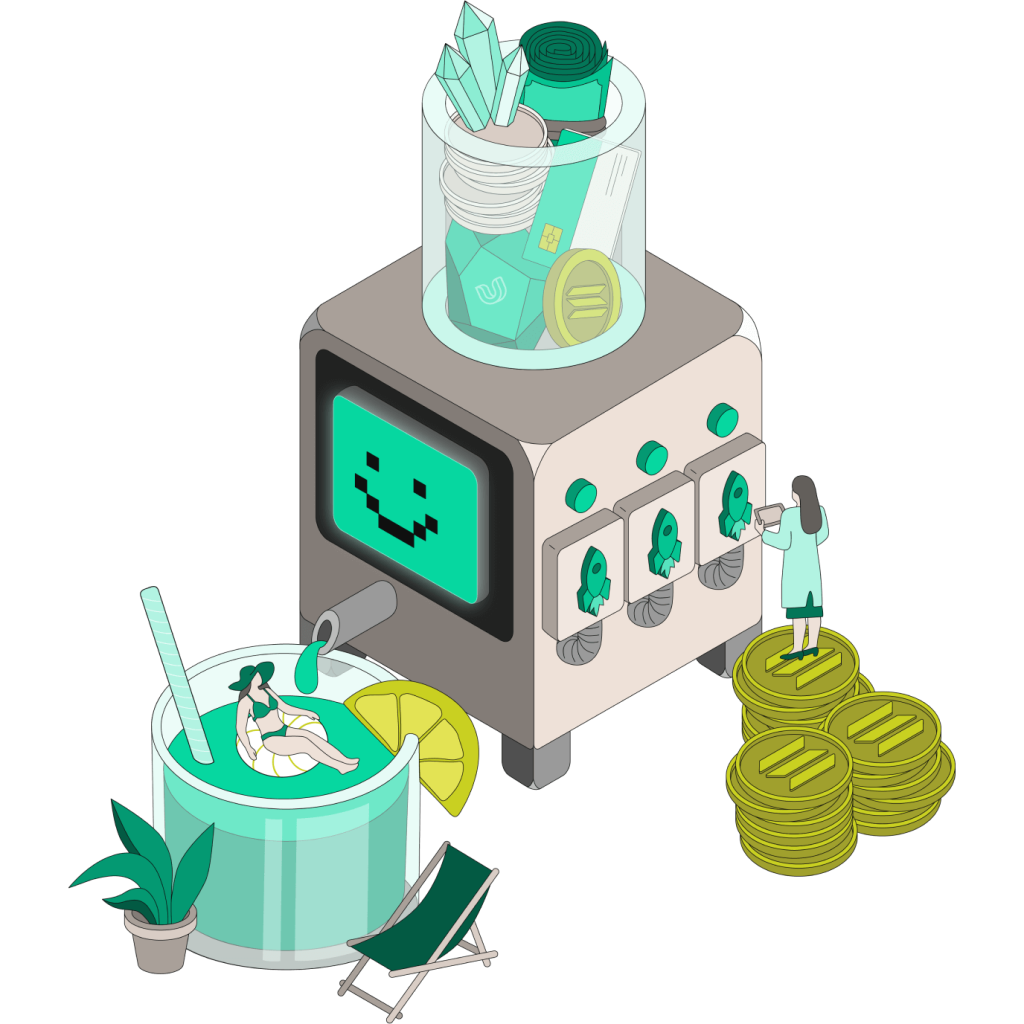Did you know the first DAO raised more than $150 million worth of Ether, but was hacked soon after? Despite the rough start, decentralized autonomous organizations have grown in popularity over the years and are rapidly taking their share in the new economy.
In this article, we will look back at the origins of DAOs and how they became what they are today — the most innovative and leaderless way of collaborating! Read on to find out more.
What is a DAO?
Before we go onto how DAOs emerged, let’s see what a DAO is. DAO stands for decentralized autonomous organization. It is based on an open-source code and does not require specific management or a board of directors.
People with aligned incentives and common interests create DAOs in order to reach a shared goal. Each individual has a right to participate in the group’s decisions based on a predetermined governance structure. DAOs nowadays are created for different purposes. There are DAOs that unite art lovers, music fans, DAOs with charitable purposes, cultural DAOs, investment ones and many more.
What do DAOs and computer games have in common?
In the early 90s, role-playing computer games started to emerge where players were participating in one game world. They were known as massively multiplayer online games (MMOs) like The Realm Online, Ultima Online, and classics like World of Warcraft and EVE Online.
What these video games and DAOs have in common is an urge to group in order to reach a common goal more easily. In MMOs, players created so-called guilds, clans or alliances that ranged between 40 to 1000 participants in order to accomplish a mission such as defeating an enemy or constructing useful tools and therefore outperformed single players.
What DAOs aim to do today is offer a space for collaboration when trying to reach a shared goal as well. They can act as a venture club and offer people an opportunity to pool together and manage assets in a trustless way.
However, none of this would be possible without the emergence of Web 3.0.
Web 3.0 — Why is it important?
The existence of DAOs depends on Web3. Why is it so? Web3 is a new form of World Wide Web based on blockchain technology. It allows decentralization and offers better scalability and privacy for its users.
In the early 90s, Tim Burners-Lee created Web1, known as the Web of documents. It was a revolution in the field of technology at that time and offered read-only content.
In 2004, Web 1.0 evolved in Web 2.0, the so-called Web of people, and offered more advanced features. Big platforms such as Google, Facebook, Amazon and Twitter soon emerged and offered users an opportunity to browse, connect and interact with each other.
What we are getting with Web 3.0 is better data management and users’ self-sovereignty. The basic idea of Web 3.0 is to structure data in a more effective and secure way. Thanks to blockchain technology, the core of Web 3.0, data discovery, integration, and automatization is enhanced. These features are the basis of DAOs, allowing the users to cooperate in a trustless way and participate in the decision-making process.
The possibilities of Web 3.0 are endless and are yet to be discovered, but for now, let’s focus on DAOs and its opportunities.
When did we start talking about DAOs?
The term decentralized emerged together with blockchain and Bitcoin in 2008 as Bitcoin represented a decentralized virtual currency. Bitcoin enthusiasts used the term Decentralized Autonomous Corporation (DAC) as a way to refer to a governance model that used tokens for providing dividends to shareholders.
In V. Buterin’s Terminology Guide from 2014, the term Decentralized Autonomous Organizations (DAO) was first mentioned and described as the holy grail of all organizations. V. Buterin described DAO as:
…an entity that lives on the internet and exists autonomously, but also heavily relies on hiring individuals to perform certain tasks that the automaton itself cannot do.
He referred to DAOs as Bitcoins with imperfections in the implementation of autonomy. V Buterin said:
…Bitcoin is not smart enough. It does not think, doesn’t go out and “hire” people…
Soon after, the Ethereum Foundation was launched in 2014 and built the basis for the use of blockchain technology for purposes other than cryptocurrency. It introduced smart contracts and provided a platform for building decentralized applications.
The first DAO — What went wrong?
The first decentralized autonomous organization, known as The DAO, was created in 2016 with the aim to operate like a venture capital fund. It was built on the Ethereum blockchain using an open-source code. Within a month, it managed to gather more than $150 million worth of Ether and became the biggest crowdfunding campaign at the time. A month later, a hacker took advantage of a loophole in the code and managed to steal Ether from the DAO in the worth of $70 million.
Even though the hack was possible due to a coding loophole and not due to flaws of the Ethereum blockchain, the event caused people to turn back to old investment practices. The idea of creating DAOs however continued, but at a slower rate.
What happened next?
The DAO hack slowed down the pace of DAOs development after the initial success, but small initiatives later appeared and DAOs finally started getting the deserved attention back. Platforms for the creation of DAOs emerged, such as Aragon, DAOstack and DAOhaus, making it easier to set up one using their template.
Even though having a bank account and a group chat is enough to claim a DAO, several Web 2.0 tools have been put in use to ease the governance of DAOs. Most of this development happened in 2021 with the initiatives for creating multi-signature accounts in order to pool and manage funds within minutes. This means DAOs in 2021 mainly relied on chat apps and a platform for creating multi-signature accounts such as Gnosis Safe Multisig.
The next step in the evolution of DAOs was tokenization. The tokens are created by the owners of a specific DAO and present an individual’s share in the collection. This share gives the members a certain voting power.
When deciding to invest in something, members have the right to vote on it depending on the share they possess. Most DAOs do not have the voting option built in the platform so another tool is added in the process such as Snapshot. DAOs have their space on it where proposals can be created and voted upon. The whole process is slowed down by the need for using many different platforms.
The Web 3.0 DAOs greatly rely on Web 2.0 tools and platforms and have not yet evolved into fully independent organizations. As DAOs are still just getting started, this doesn’t come as a surprise.
What about Solana?
The first DAO was created on Ethereum blockchain and many more followed. However, there are a few issues with Ethereum blockchain that Solana tried and managed to solve. But first, what is Solana?
Solana is a public, open-source blockchain founded in 2017 by Anatoly Yakovenko. It was designed with the aim to solve high costs and slow speed of transactions known to be a present problem of other blockchains. The Transaction Speed (TS) of Solana is 65,000 TPS, making it the fastest blockchain. Another difference between Solana and other blockchains is that it offers Proof of History (PoH) which improves the scalability and makes reaching consensus over transactions much faster.
These two features make Solana one of the fastest-growing ecosystems and support the creation of more efficient DAOs when compared to other blockchains.
With the popularization of NFTs, a first DAO based on the Solana blockchain was created in 2021 by Solana Monkey Business called MonkeDAO. This marked the first step towards utilizing the features of Solana for the creation of DAOs.
Today, there are $1.3 billion held by DAOs built on Solana. Other blockchains have recognized the power of DAOs and are setting them up as well. These include Polkadot, Kusama, Cardano and many more. Rest assured that this is only the beginning.
The Future of DAOs
While there still are some concerns to be addressed, DAOs are doubtlessly taking their place both in the crypto space and outside it. They are changing the way we think about organizations and collaborative work. Their transparency and decentralized cooperation bring benefits to its users, allowing each member of the group to take part in the decision-making process.
Blockchain technology, on which DAOs are based, allows flexibility, and lowers the regulatory requirements, thus speeding up the process and preventing malpractice.
However, for DAOs to truly replace the traditional organizational models, better infrastructure and tools are needed in order for them to come closer to their original idea. Most DAOs currently rely on many Web 2.0 platforms and tools such as groups based on Discord or Telegram for discussion and on platforms like Gnosis Safe Multisig for voting.
Since we are still at the beginning of DAOs evolution, there is much space to be creative and innovative. That’s why with our tools and features, we aim to propel this process further and create an environment in which investing and decision-making can take place seamlessly through one platform secured by the Solana blockchain.
